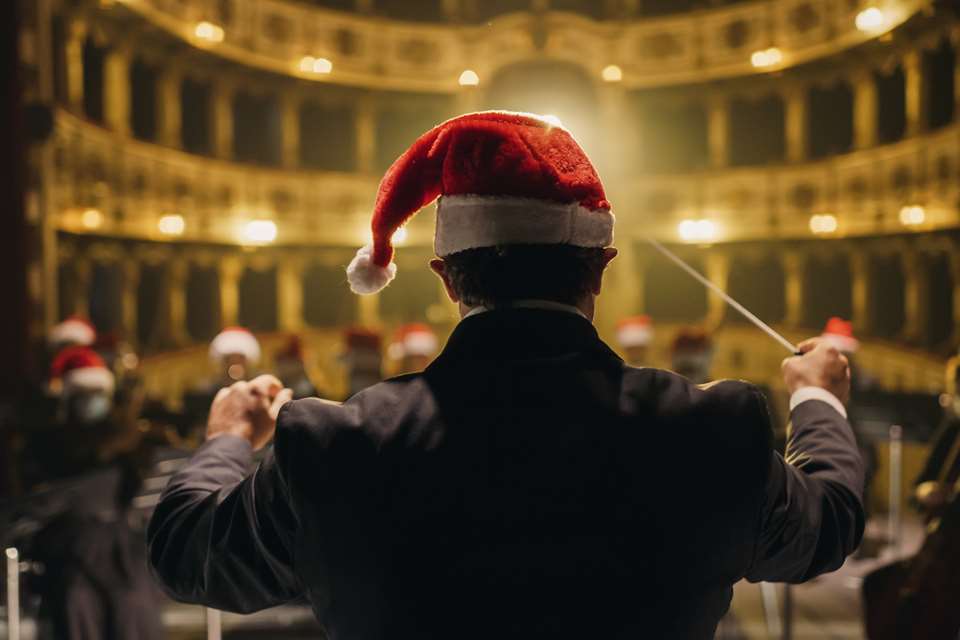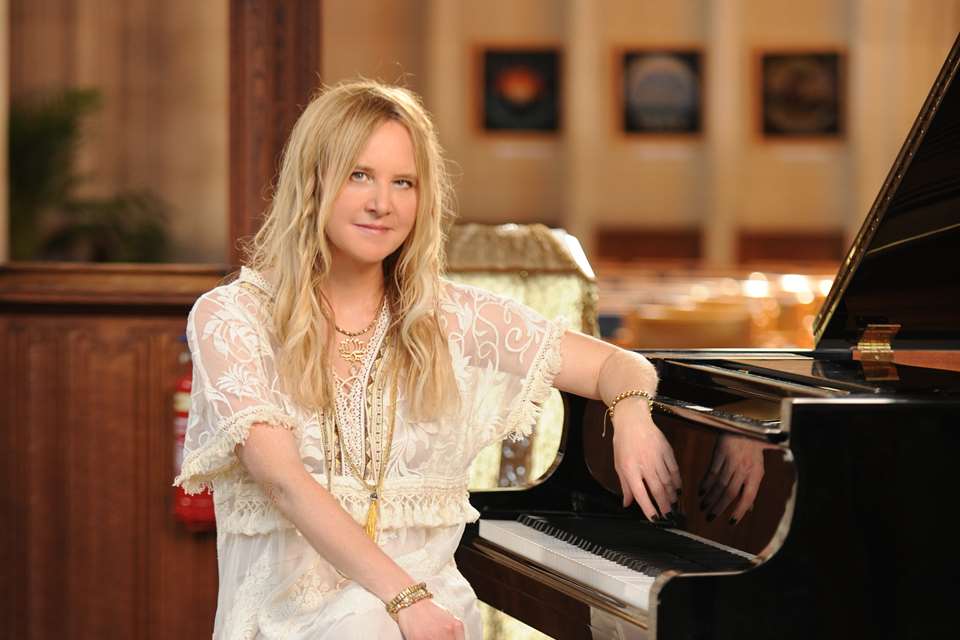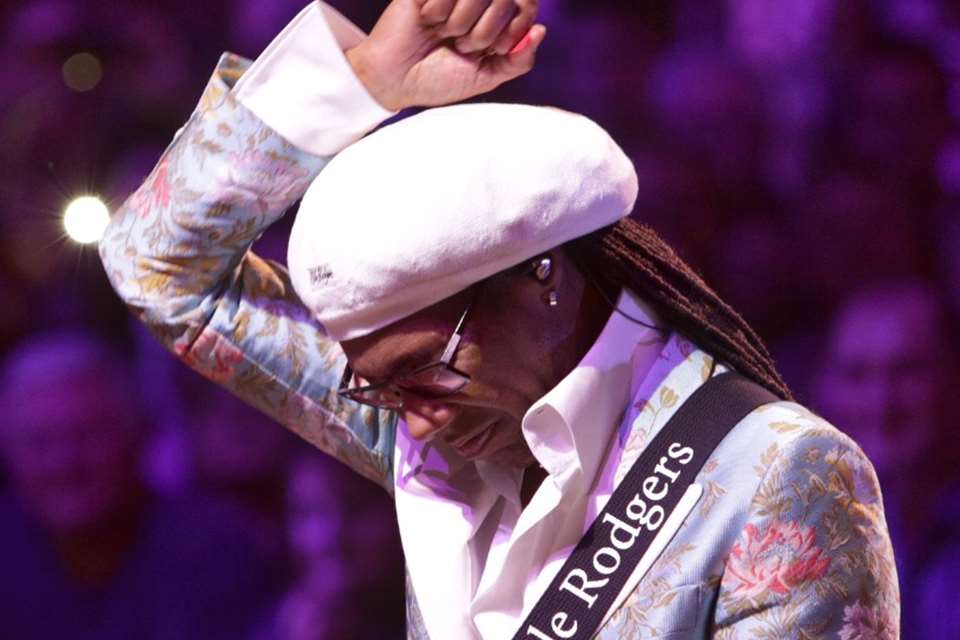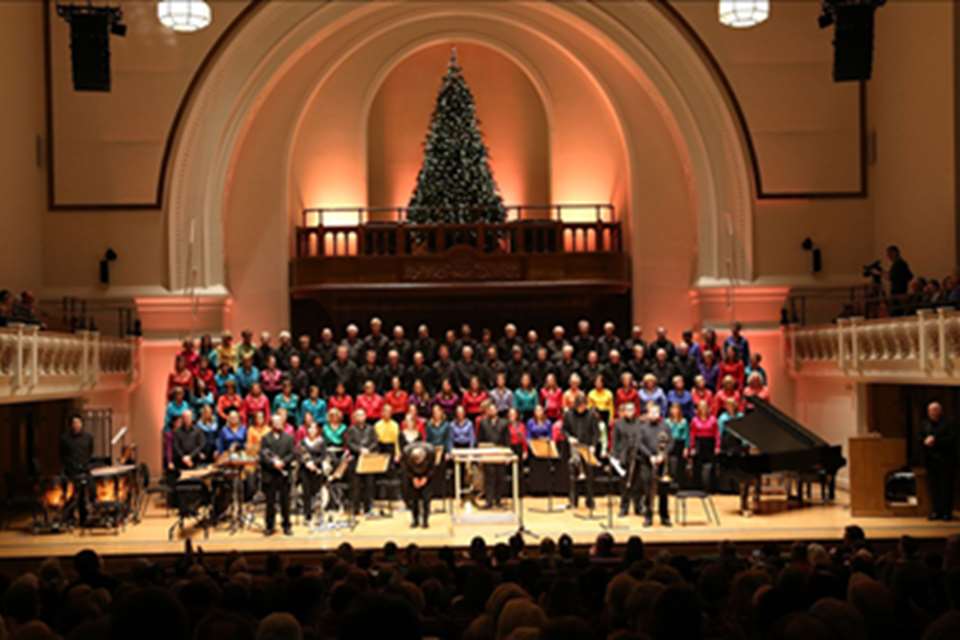Andrew Parrott and Hugh Keyte on building a carol compendium
Andrew Parrott and Hugh Keyte
Tuesday, December 12, 2023
Now ubiquitous during the festive season, the New Oxford Book of Carols brings together over 200 carols for Christmas concerts and celebrations. The volume’s creators Hugh Keyte and Andrew Parrott reflect on the process of creating a carol book which would retain its popularity over 25 years later, and look to the future with Parrott’s latest book, The Pursuit of Musick
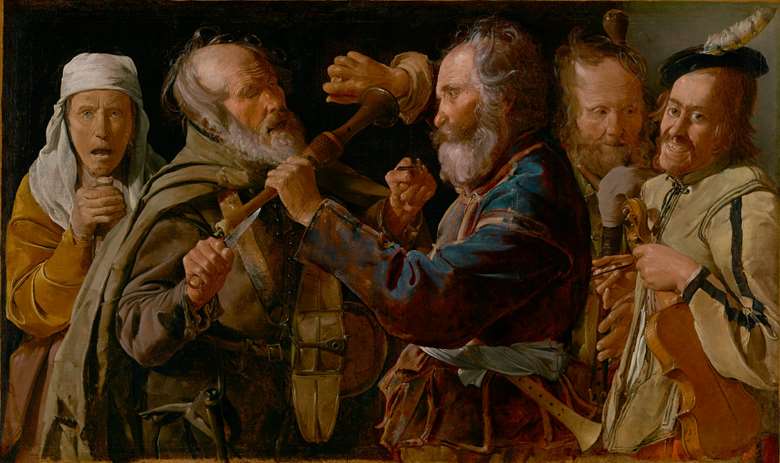

Register now to continue reading
Don’t miss out on our dedicated coverage of the classical music world. Register today to enjoy the following benefits:
- Unlimited access to news pages
- Free weekly email newsletter
- Free access to two subscriber-only articles per month
